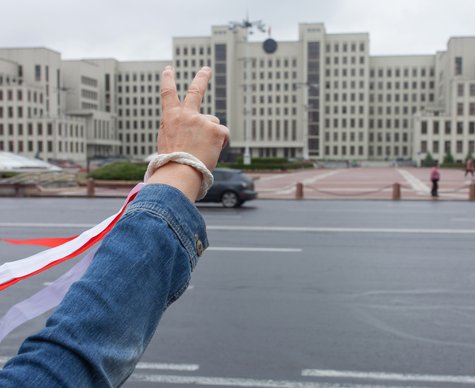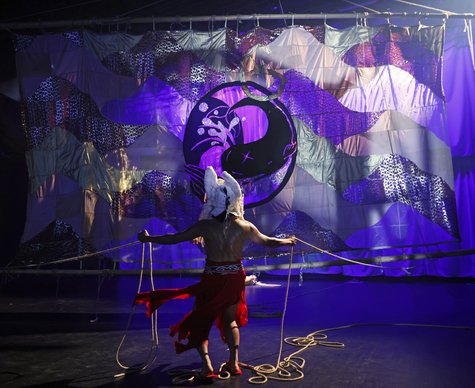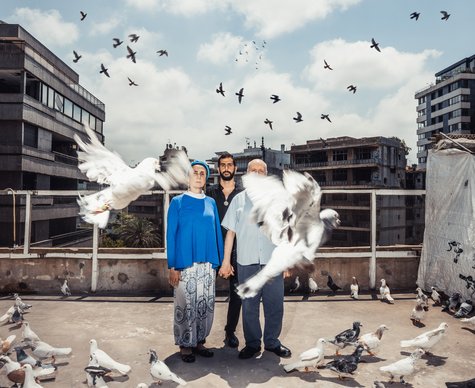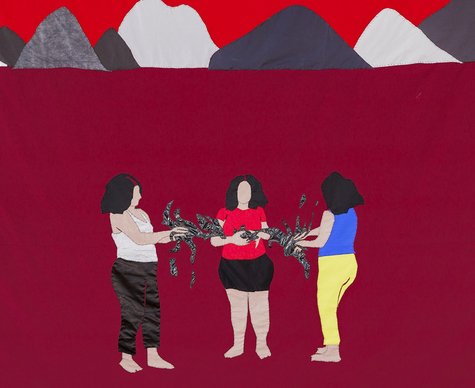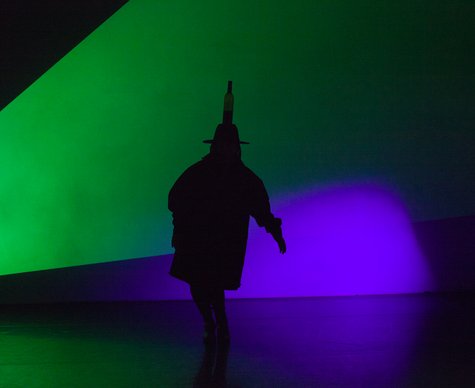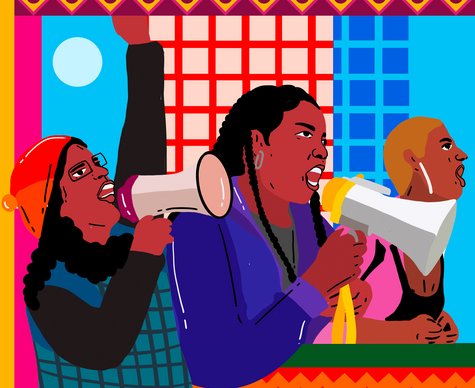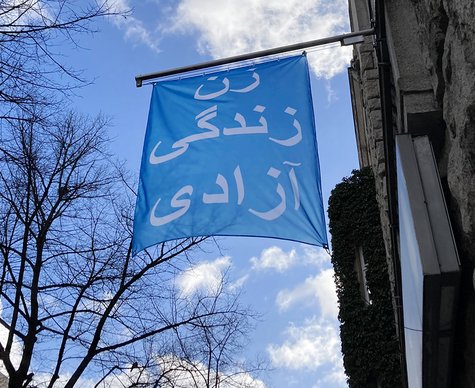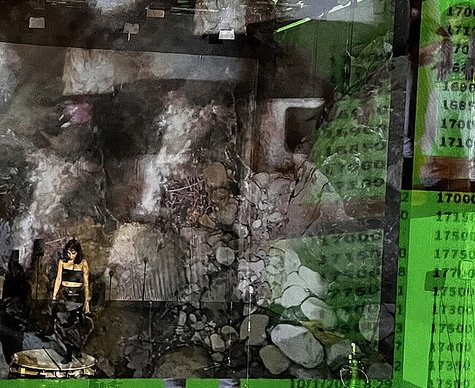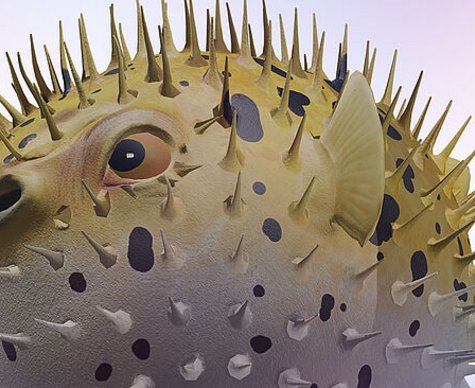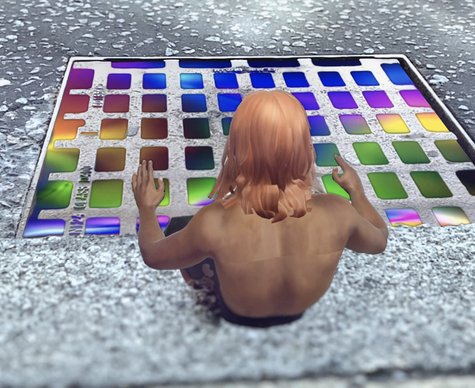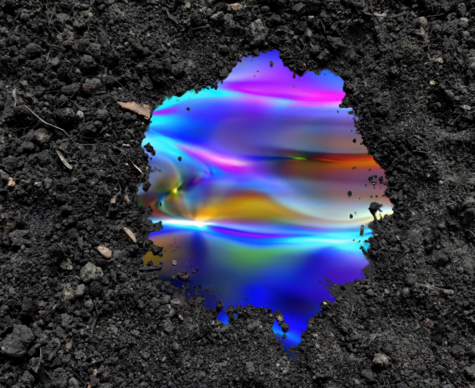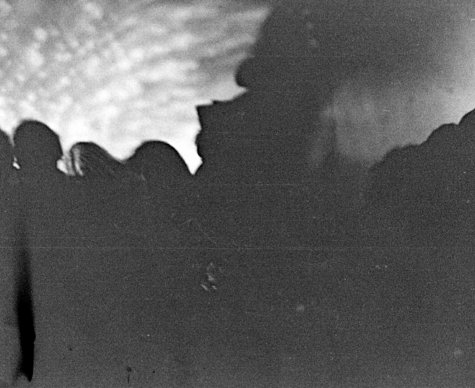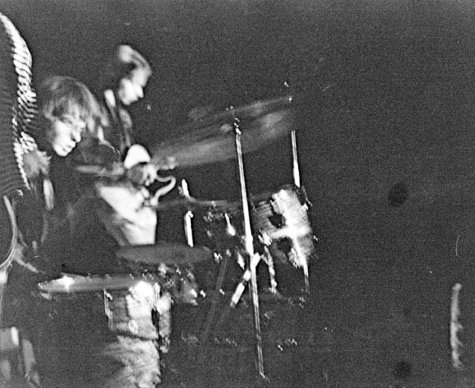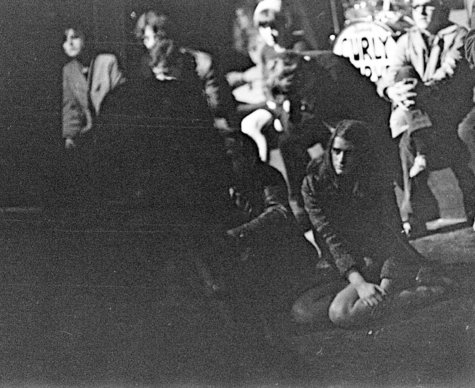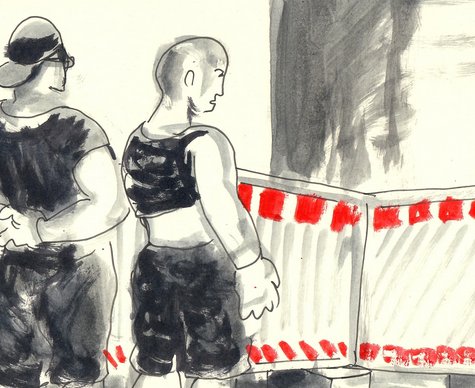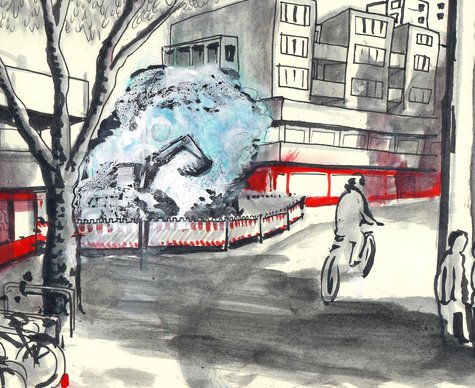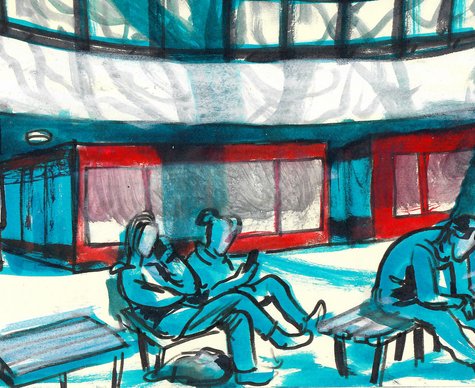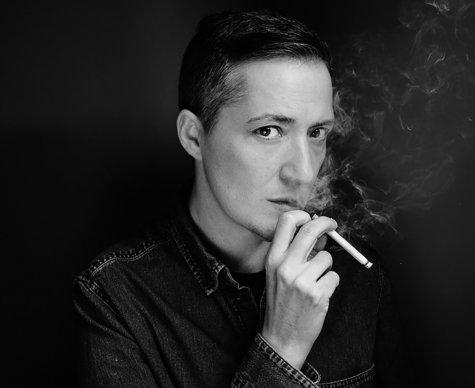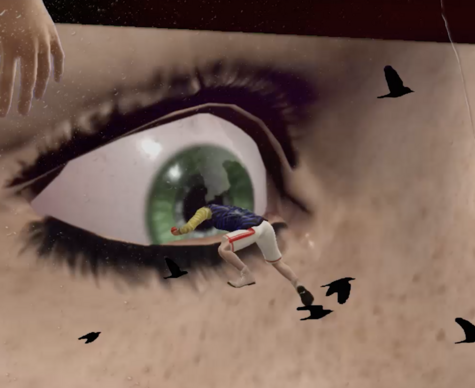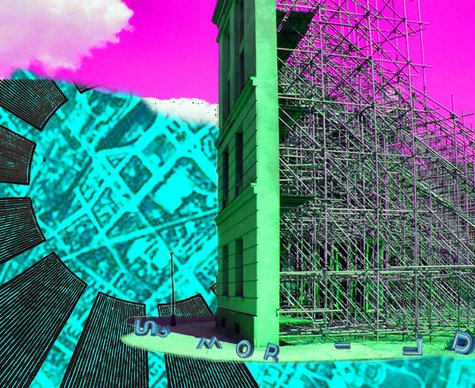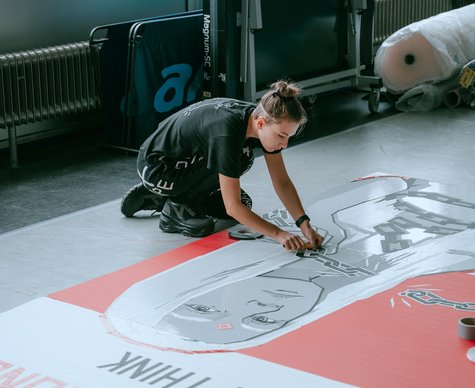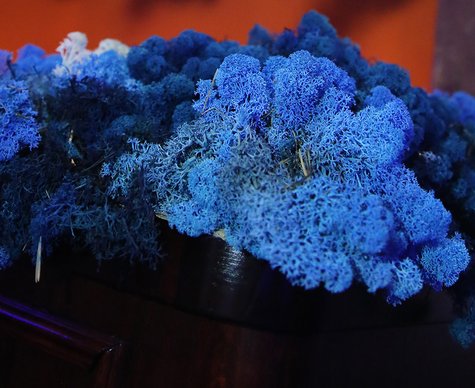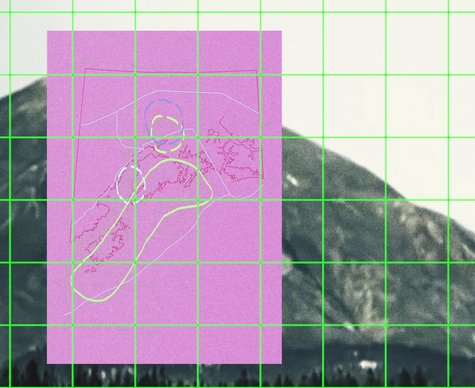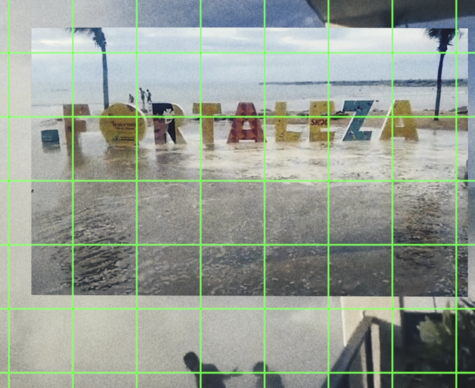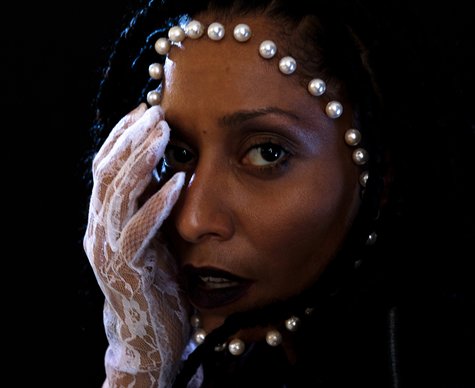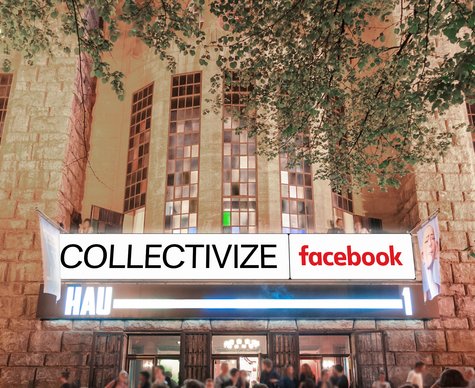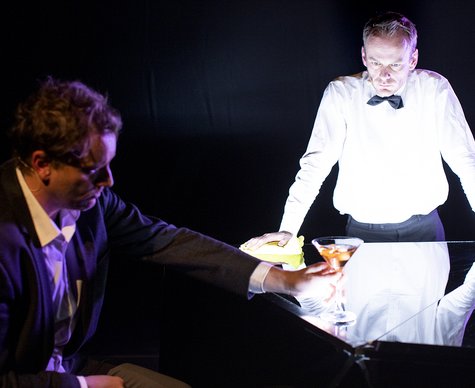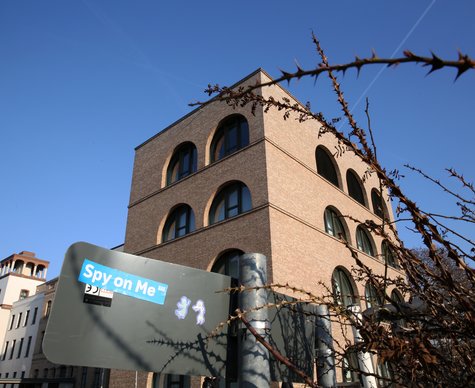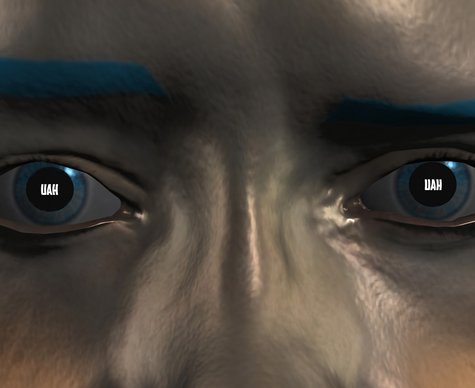Native Instrument "Bug and Animal Adaptations" / Fis & Rob Thorne
Part of CTM 2016
- Music
The New Zealand-born, Berlin-based producer Ollie Peryman a.k.a. FIS, who has recently garnered significant attention for his esoteric, rhythmically idiosyncratic bass-driven music, will give a concert together with Rob Thorne, a New Zealand-based musician and anthropologist whose compositions and performances fuse digital experimentation and traditional Maori instrumentation, or taonga pouro, and are respected as a 21st century naturalistic sound worlds. Thorne’s music is fundamentally informed by his own Maori-Pakeha background, and the culture of this background itself is in turn deeply informed by a conceptual geographical framework and local orientation. The two artists share a broad theoretical and critical background and both teach or have taught about indigenous musical traditions. FIS’s own music is a product of two contrasting musical influences: the ‘colonial’ one, as he sees it, of the U.K. with its dance music scene, and the indigenous one of musical cultures native to New Zealand. Both Peryman and Thorne apply their own practices to the reimagining of indigenous musical traditions and the bridging of a gap between long-established and experimental approaches. Together, FIS and Rob Thorne present a new collaborative work merging acoustic and electronic sounds. They will also give a joint artist talk on a separate day of the festival.
Hybrid constellations between the experience of nature and the creative possibilities of technology also form the basis for the performance of Native Instrument, a Berlin-based duo featuring field recording archivist and sound artist Felicity Mangan and vocalist Stine Janvin Motland. Their "peculiar, mellow insect techno" reveals ambiguities and resonances between pure and manipulated native and animal sounds, vocal experimentation, and electronically-generated sounds.
CTM Festival returns to HAU Hebbel am Ufer from 30 January to 7 February. The 17th edition’s music programme is elaborated through intensive collaboration with guest co-curator Rabih Beaini, while the exhibition and discourse programme is created in close collaboration with Swiss-based Norient. Special projects and commissions, as well as artists and sound cultures emanating from less familiar countries and localities and often operating on the fringes of the electronic circuit are featured in greater numbers than ever before. Under the shadow of a global conflict centered on increasingly radical disputes over drawing or dissolving borders, the festival’s “New Geographies” theme aims to explore music and sound practices that respond to these developments, and to provide the conceptual tools needed to approach the complexities of a polycentric, polychromatic, and increasingly hybrid (music) world with greater openness.
The full festival programme is available via: www.ctm-festival.de.
Supported by Music Norway.
CTM 2016 is funded by Hauptstadtkulturfonds, the Federal Government Commissioner for Culture and Media, the Musicboard Berlin and the Creative Europe programme of the European Union. In collaboration with transmediale, Kulturprojekte Berlin, SHAPE and SoCCoS.
Dates
Location
HAU2
Hallesches Ufer 34, 10963 BerlinThere are two marked parking spots in front of the building. Barrier-free restroom facilities are available. Four relaxed seats are available in the first row of HAU2. Tickets for wheelchair users and accompanying persons can also be booked via the ticketing system. If you need help, please contact our Ticketing & Service team at +49 (0)30 259004-27 or send us an email to
tickets@hebbel-am-ufer.de.
Travelling to HAU2 via U Hallesches Tor:
If you are coming from Hallesches Tor underground station, you will have to use an alternative footpath from Wilhelmstraße / Hallesches Ufer junction, which is separated from the carriageway by a construction fence – the actual footpath is currently closed. Please note: the alternative route is also used by cyclists. Pedestrians should keep to the right. We therefore currently recommend that visually impaired or blind visitors come to the HAU with an accompanying person.
Arrival HAU2 via U Möckernbrücke:
When you leave Möckernbrücke underground station, please stay on the footpath on the canal side until you reach Hallesches Ufer / Großbeerenstraße junction – the opposite side is currently closed due to construction work.























